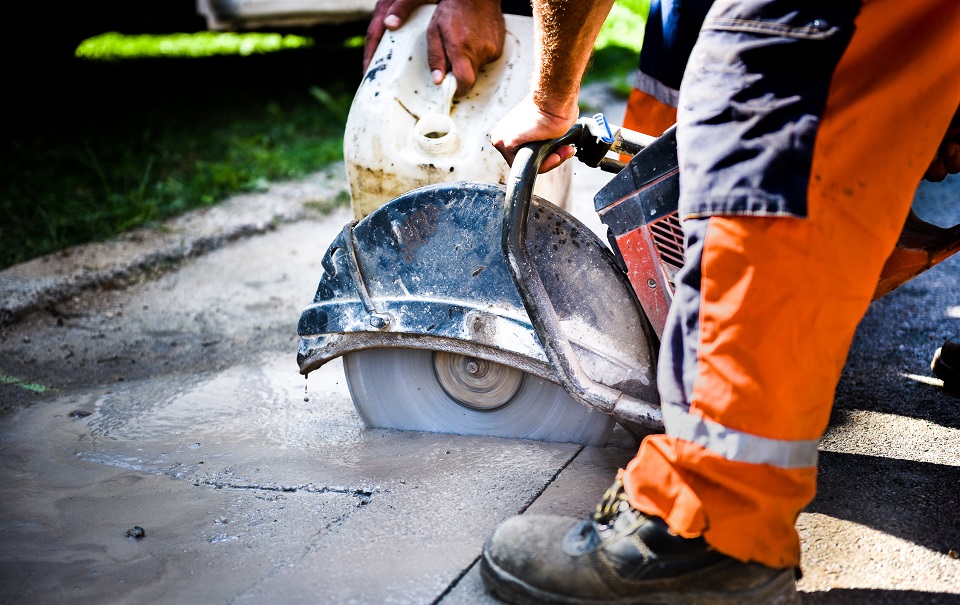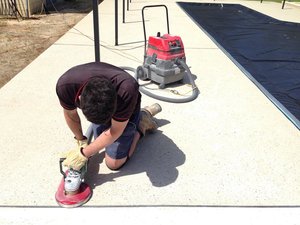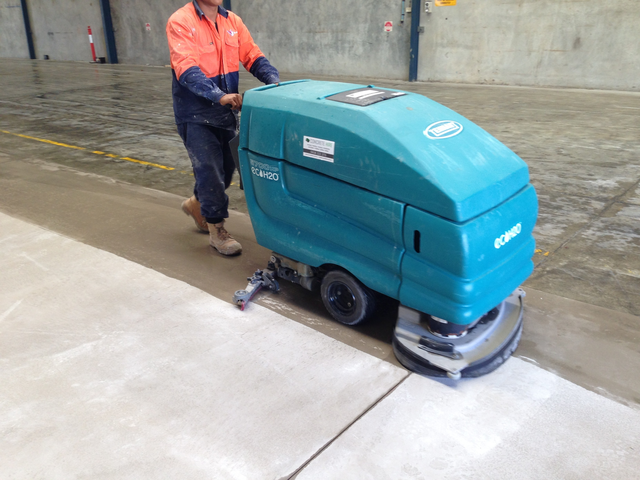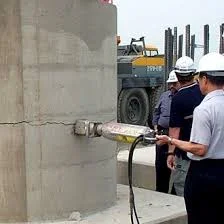Seeing cracks appear in your freshly laid concrete isn’t something any craftsperson wants to suffer, and it happens to both pros and amateur concrete workers alike. However, there is a powerful tool in your armoury to fight against this – that of control joints.
What Are Control Joints?
These are the deliberate placement of cracks in the surface of the concrete in strategic locations to allow for any change in volume as the concrete dries. Not only will this prevent unsightly, random breaks in the continuity of the surface, but if such cracks are too severe they can also affect the load bearing capacity of the dried concrete.
Why Do Cracks Appear in the First Place?
As concrete dries it shrinks. This means that there’s always an element of risk that cracks will naturally form during the curing process. Fluctuations in temperature can make this more likely.
By intentionally disturbing the continuity of the surface in designated places it’s possible to determine exactly where these breakages will occur.
When, Where and How to Cut Them
The rationale behind cutting control joints is to direct where the cracks will occur. In addition, they will then be neat, straight breaks on the surface as opposed to random cracks.
The three important aspects of successful control joints are that of when, where and how?
When? Control joints need to be cut before the problem starts. This means carrying out the task when the concrete has dried to a state where you’re able to saw through without displacing any of the mixtures, but prior to the time, any cracks appear. Generally, this will be within 6 to 18 hours after the concrete has been poured. You’ll need to take into account the nature of the concrete mix and the ambient temperature to judge the right time to cut the control joints.
Where? Multiple control joints will be needed over the whole surface. These should be calculated as follows:
Determine the depth of the concrete (for instance, a standard 4-inch deep slab). Control joints should be one quarter of the depth of the slab. In the case of a 4-inch deep slab, the control joint will, therefore, be 1-inch deep
The distance between the control joints is determined in feet and should be two or three times the depth of the concrete slab in inches. So for a 4-inch deep slab control joints should be cut every 8 to 12 feet.
In addition, when planning where to cut the joints you should pay particular attention not to create entrant corners (defined as any inside corner that forms an angle of 180° or less) that create areas of weakness.
How? If possible, clearly mark out where the control joints are to be cut. When cutting control joints in freshly poured concrete you should use a grooving tool. In concrete that has sufficiently dried a concrete saw will be more effective.
The correct placement of control joints done in a timely manner is an effective method of preventing unsightly concrete cracks.
Using the correct tools is imperative for successful results, and no-one is better placed to provide them than family owned WA business, Concrete Hire. With over two decades of experience, they not only supply the equipment you need to perform a great job but can also advise on what you need and how to carry out tasks.
Visit www.concretehire.com.au to find out more or give their expert team a call on 1300 048 521 to discuss your needs.
















